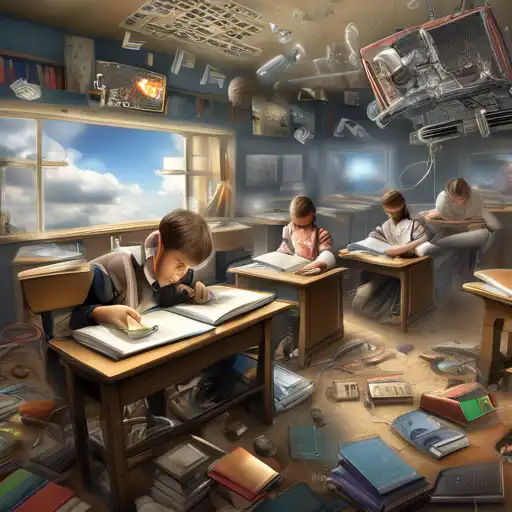The Role of Technology in Shaping Modern Education
In the past few decades, technology has revolutionized every aspect of our lives, and education is no exception. From the way students learn to how teachers teach, technology has brought about significant changes that have transformed the educational landscape. This article explores the profound impact of technology on modern education, highlighting the benefits and challenges it presents.
Enhanced Learning Experiences
Technology has made learning more interactive and engaging. Digital tools such as educational apps, videos, and virtual reality (VR) have transformed traditional learning methods, making education more accessible and enjoyable for students of all ages. For instance, virtual reality in education allows students to explore historical sites or scientific concepts in a immersive environment, enhancing their understanding and retention of information.
Access to Information
The internet has democratized access to information, enabling students to learn anytime and anywhere. Online resources such as e-books, academic journals, and educational websites provide a wealth of knowledge at the fingertips of learners. This has not only expanded learning opportunities but also encouraged self-directed learning among students.
Personalized Learning
Technology enables personalized learning experiences tailored to the individual needs and pace of each student. Adaptive learning software assesses a student's performance in real-time, adjusting the difficulty level of tasks accordingly. This approach ensures that students remain challenged but not overwhelmed, optimizing their learning potential.
Collaboration and Communication
Digital platforms have facilitated collaboration among students and teachers, breaking down geographical barriers. Tools such as video conferencing, online forums, and collaborative software allow for seamless communication and teamwork, fostering a global learning community.
Challenges and Considerations
Despite its benefits, the integration of technology in education comes with challenges. Issues such as digital divide, privacy concerns, and the need for digital literacy must be addressed to ensure equitable access and safe use of technology in educational settings.
Conclusion
The impact of technology on modern education is undeniable. It has transformed the way we learn, teach, and interact, offering unprecedented opportunities for innovation in education. However, it is crucial to navigate the challenges thoughtfully to fully harness the potential of technology in shaping the future of education. For more insights on the future of learning, explore our article on the future of education.
